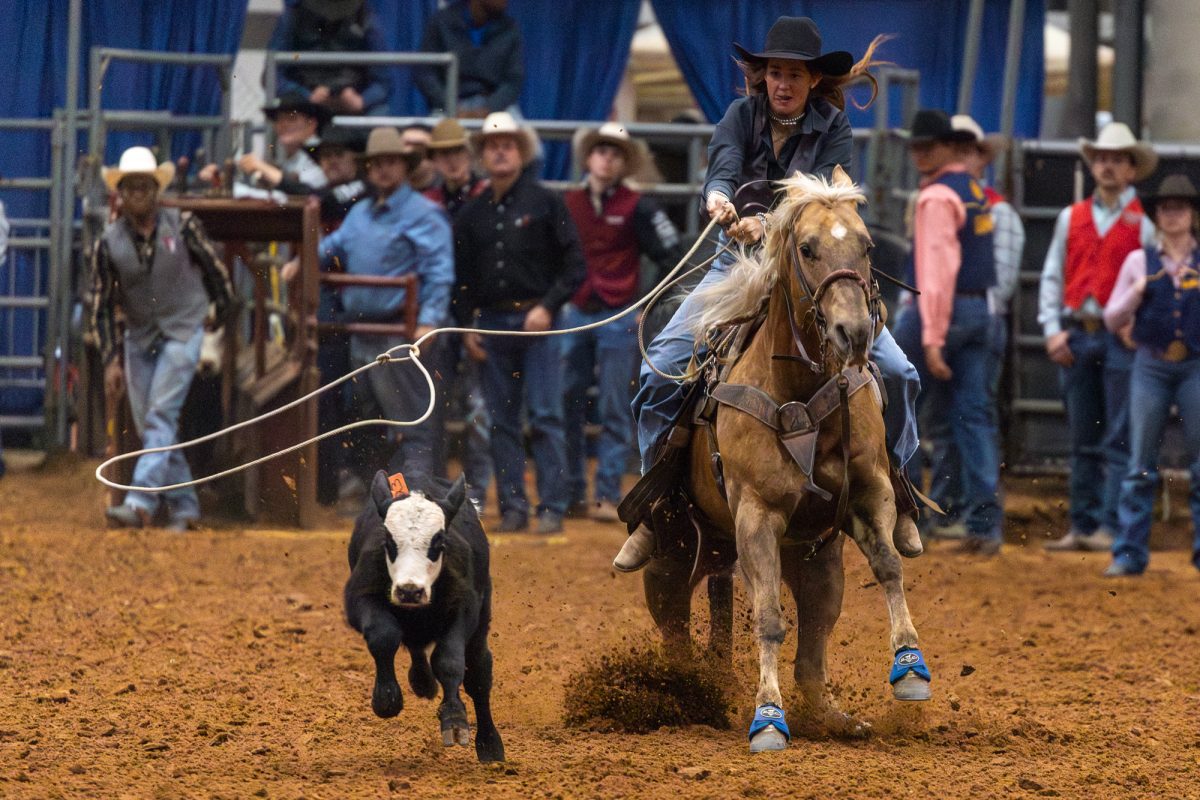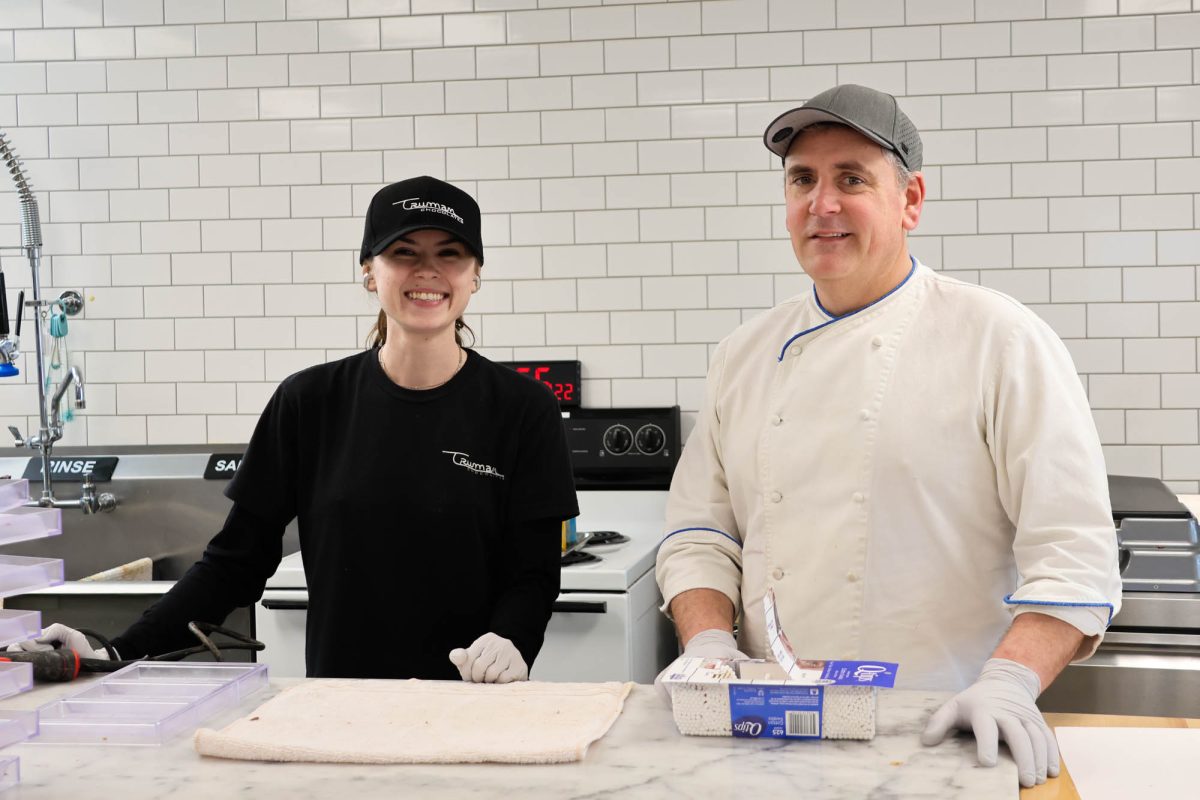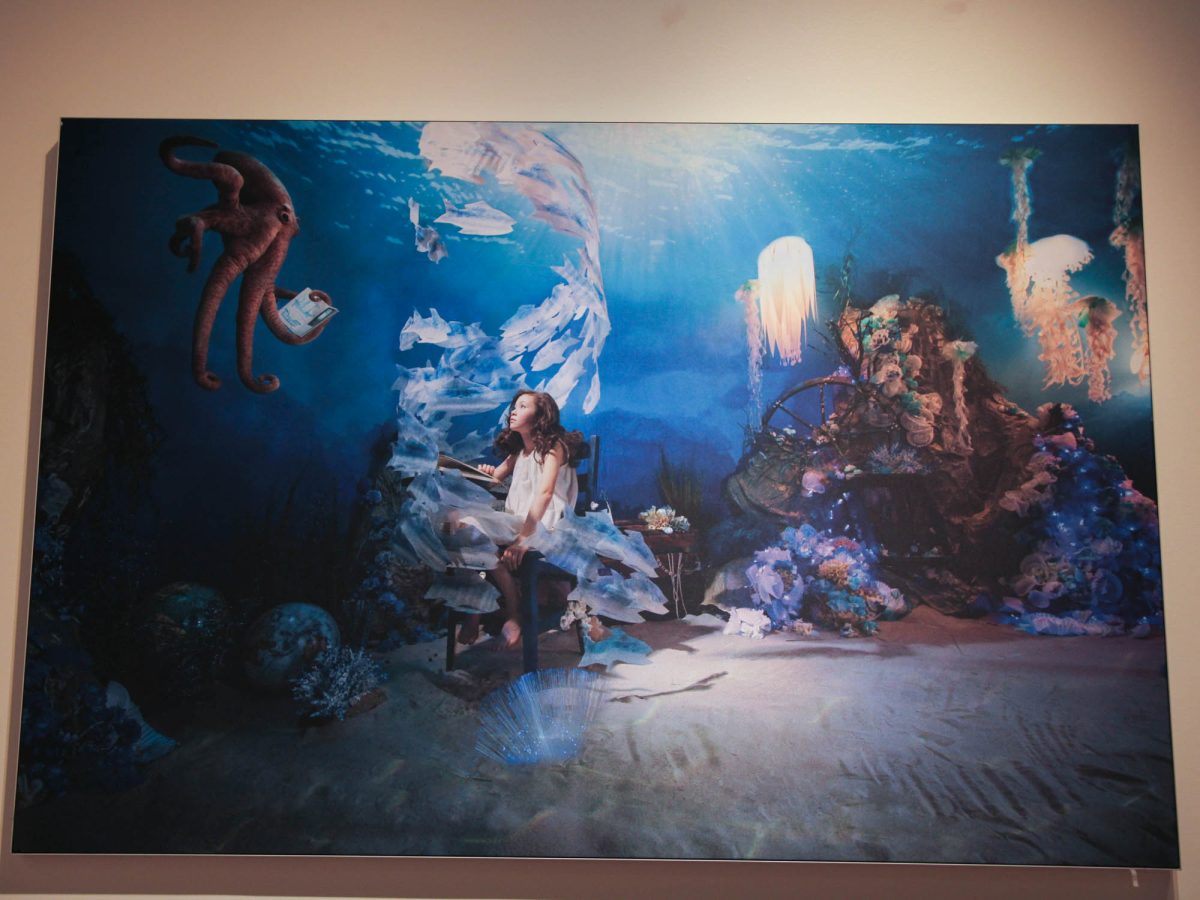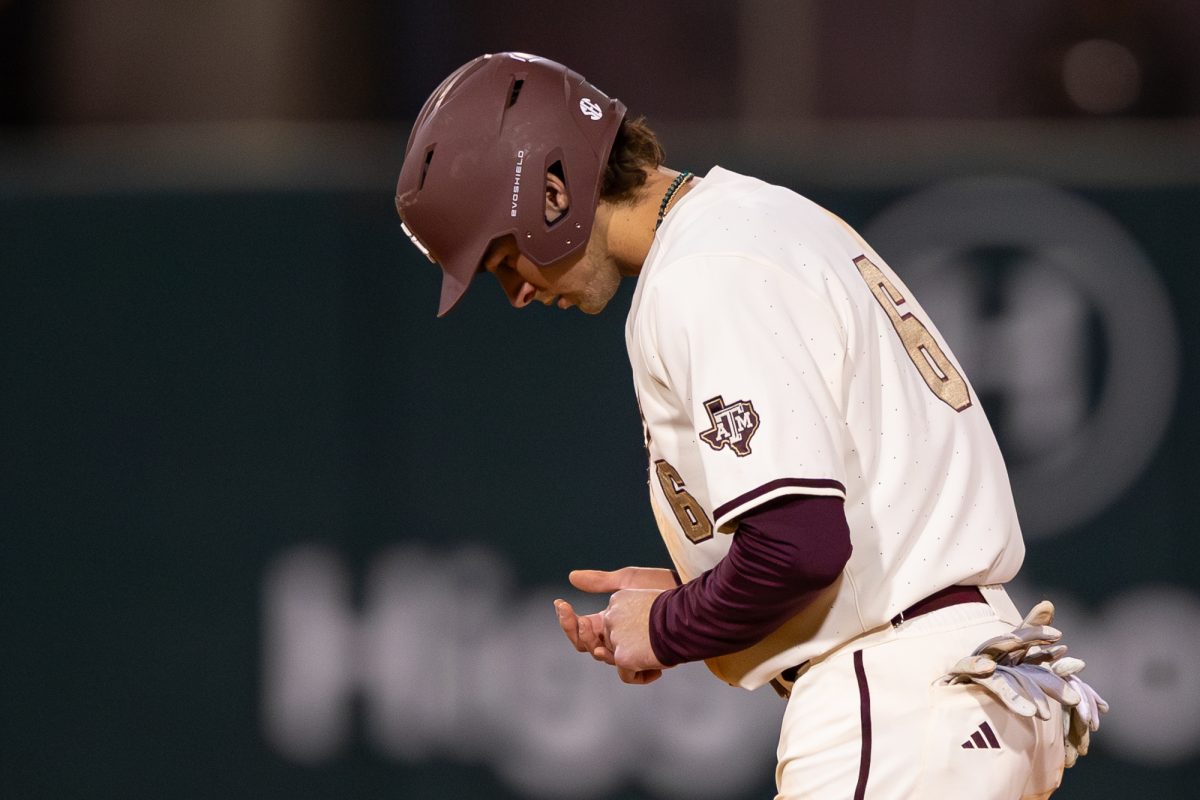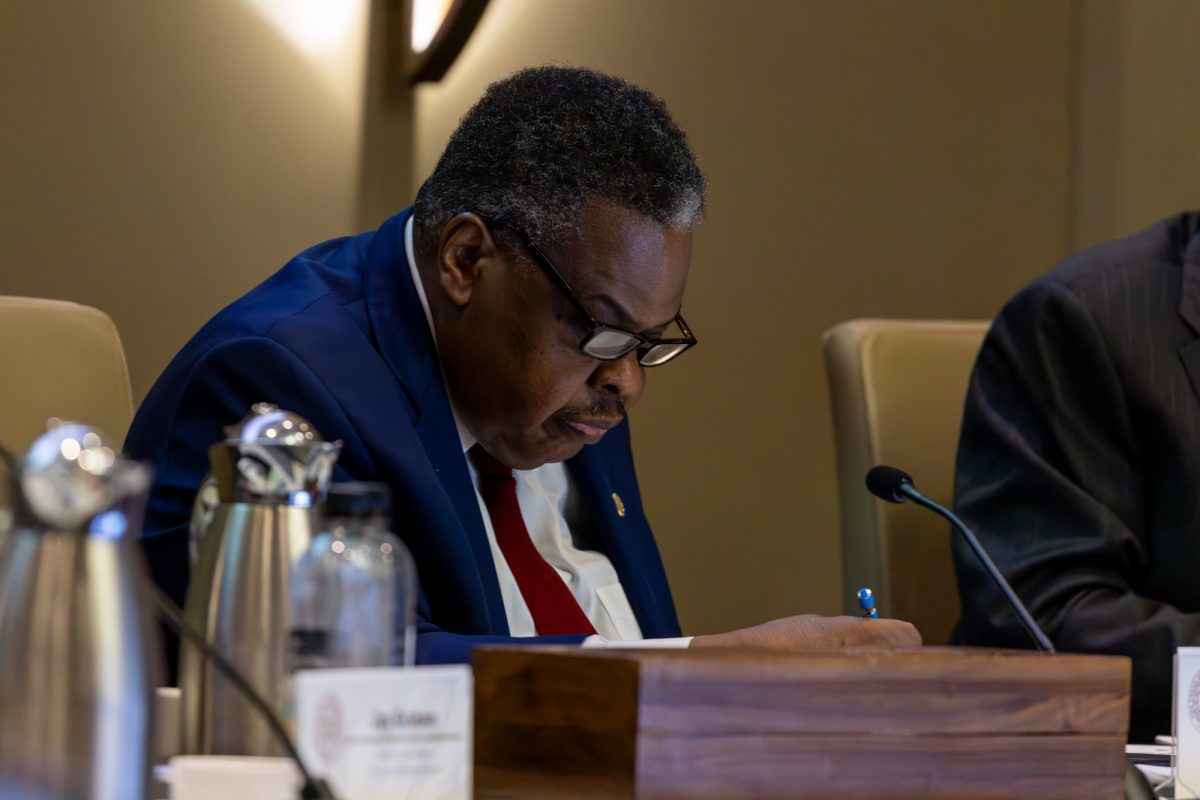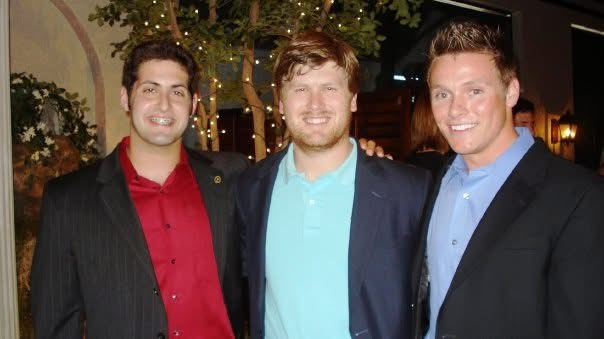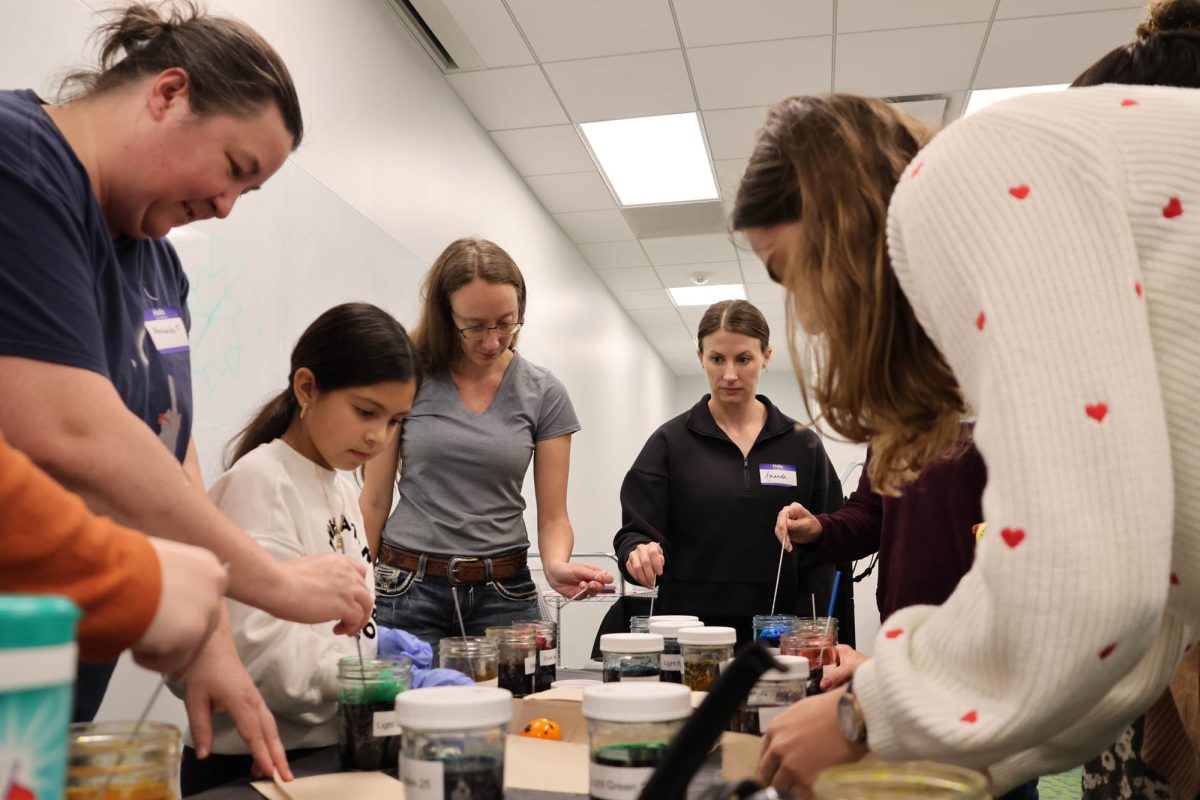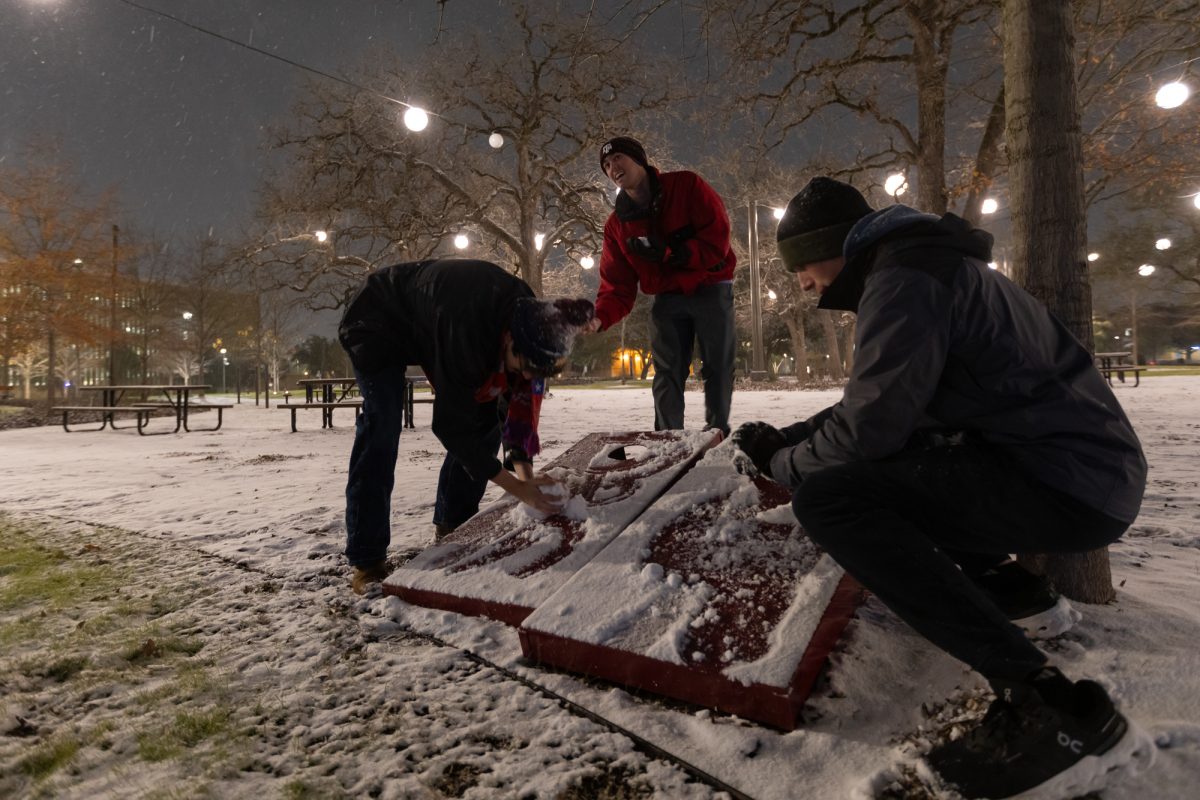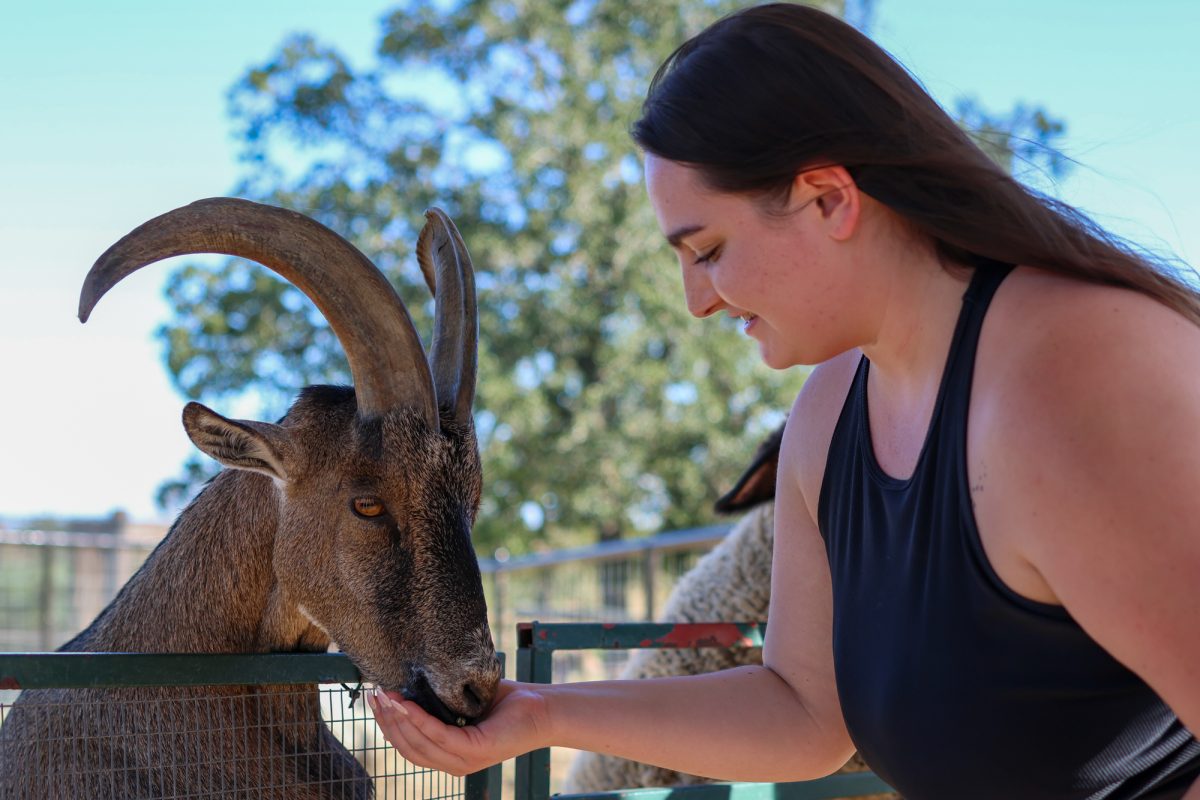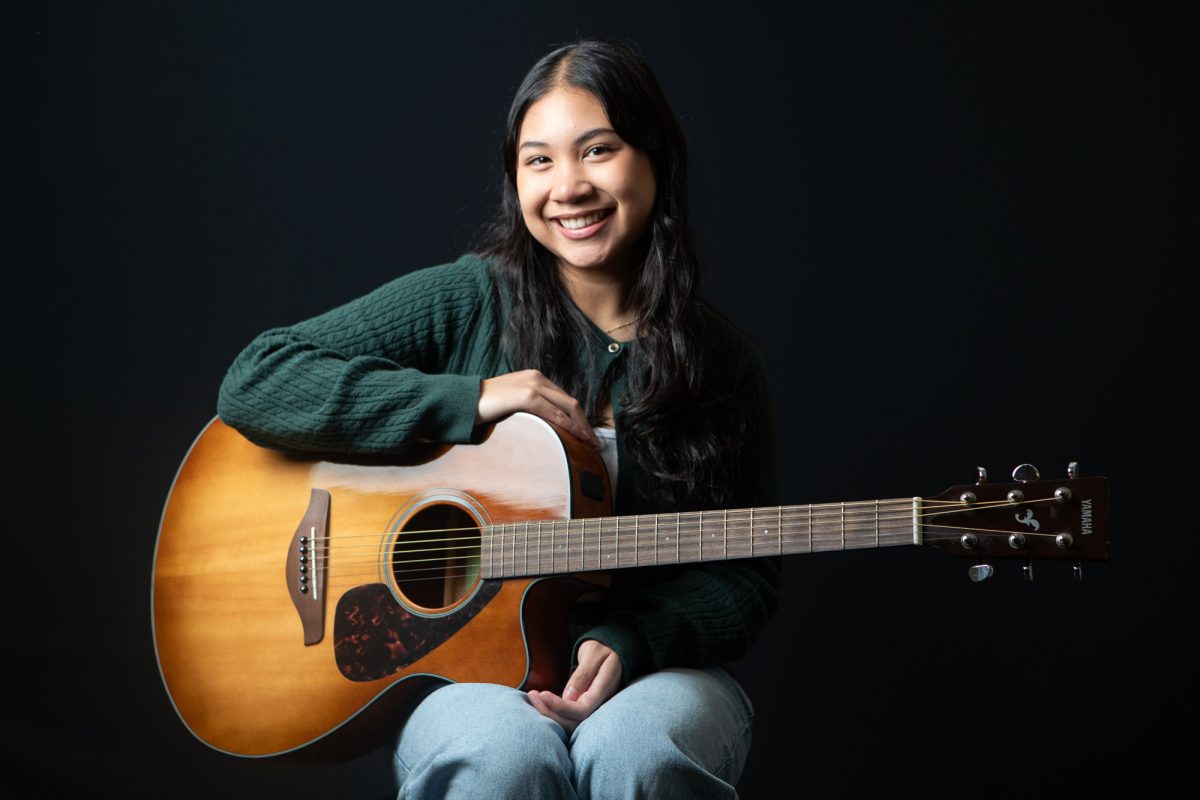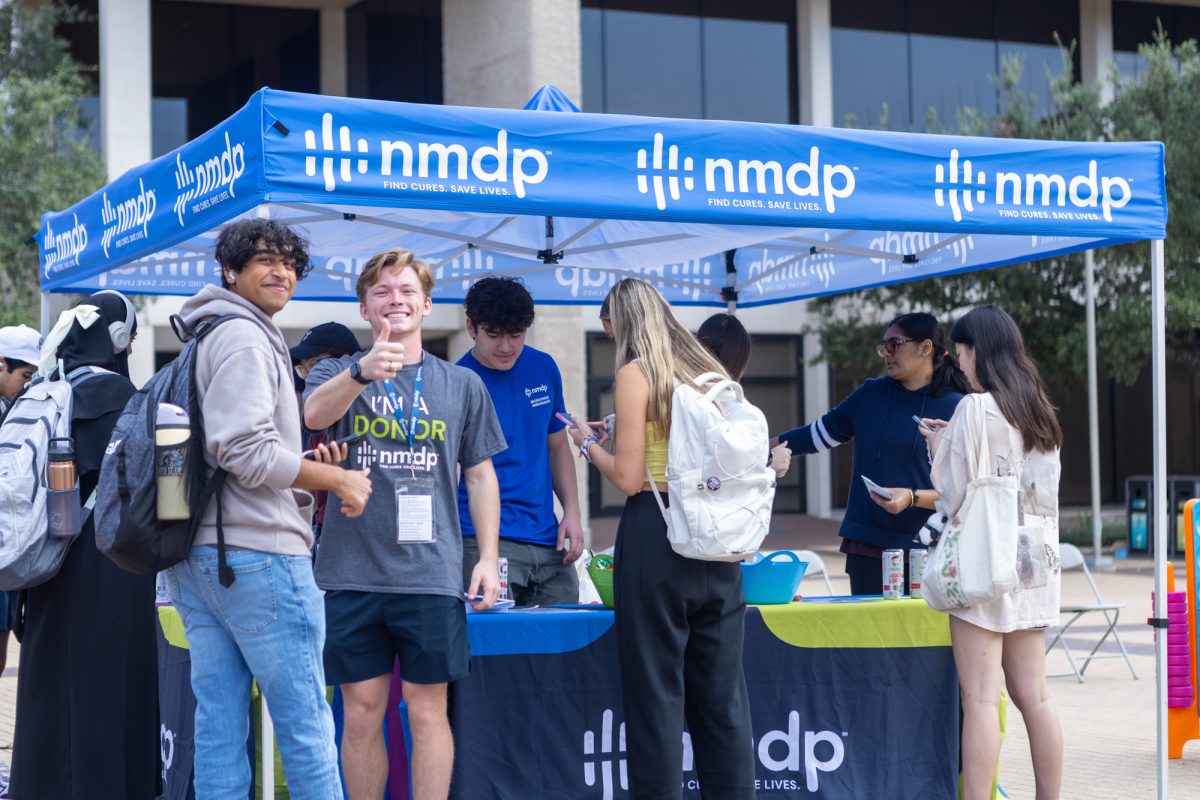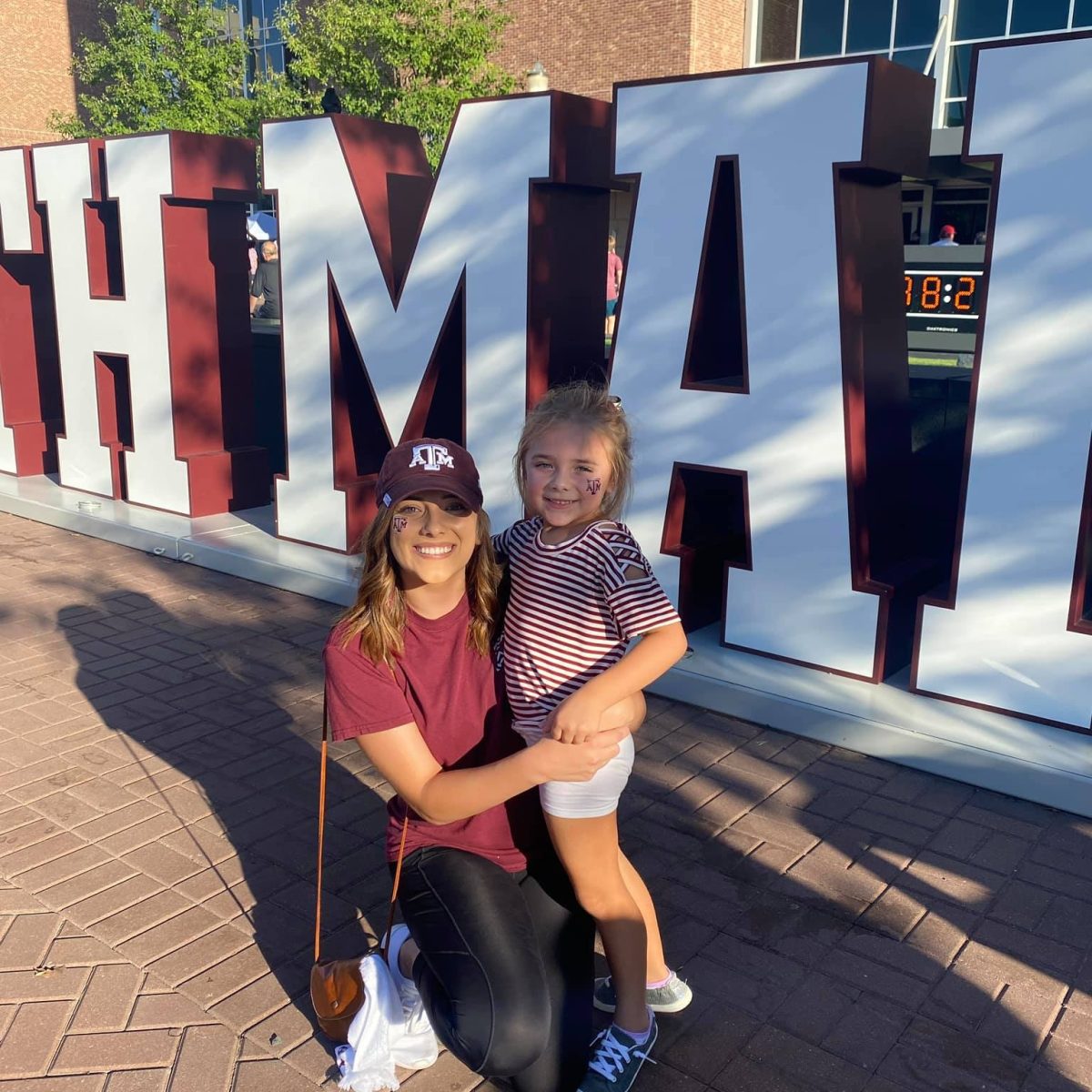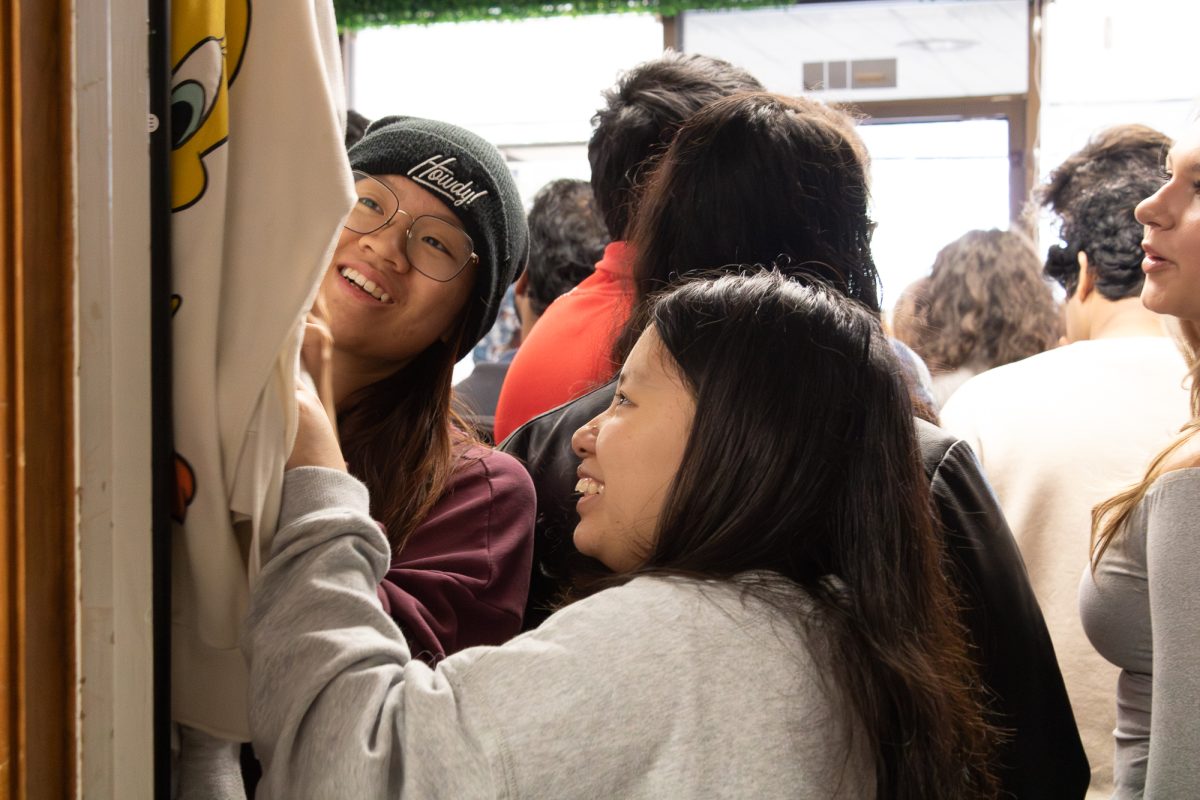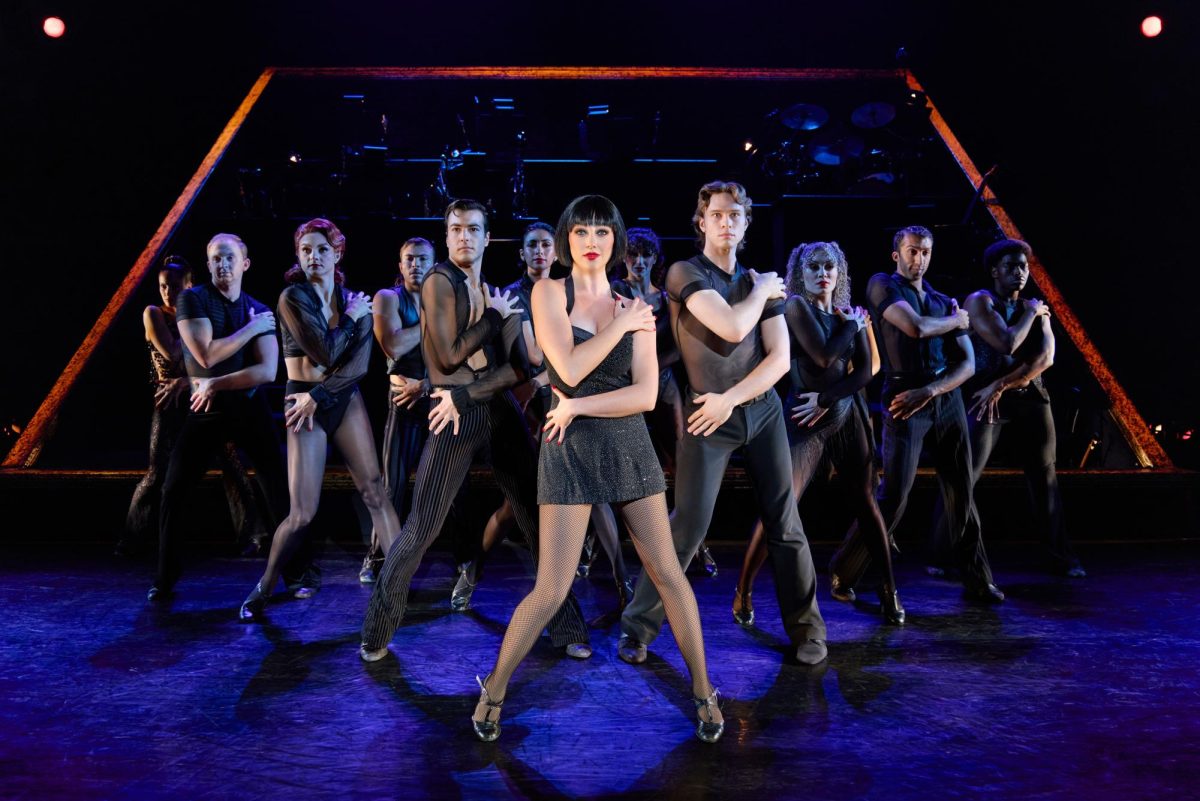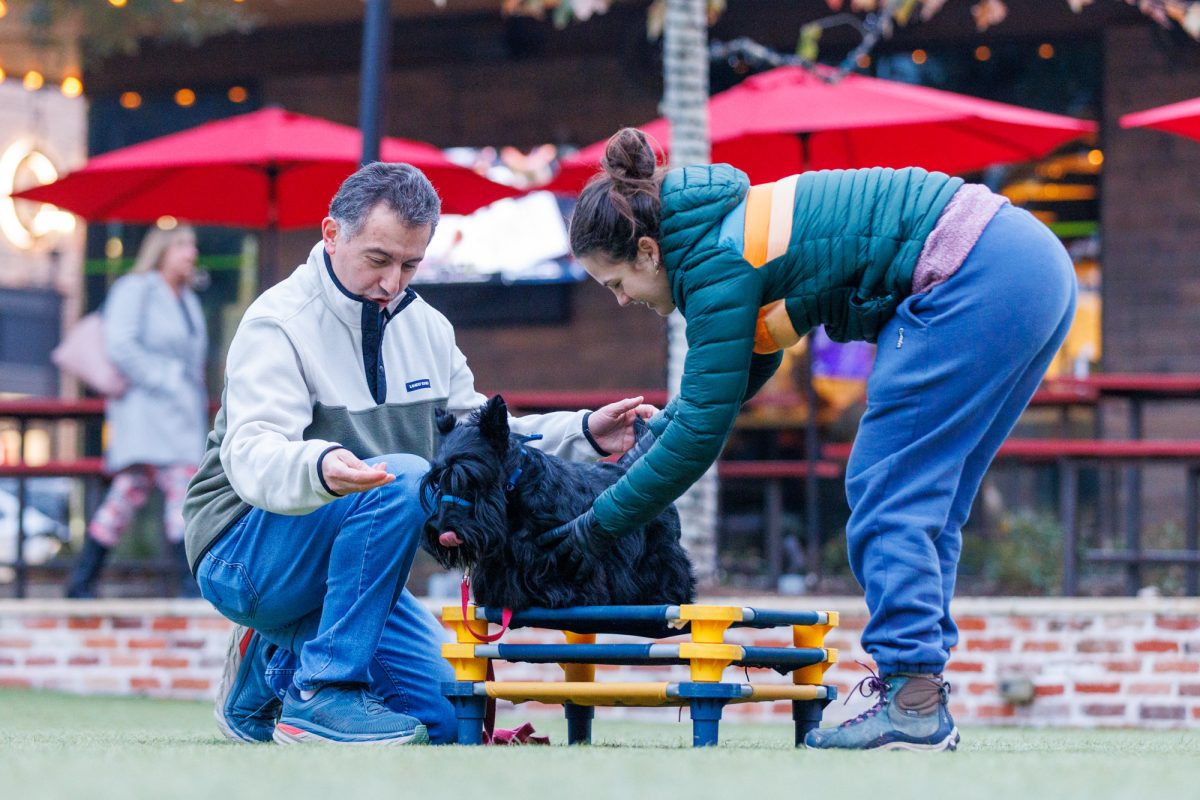“Do you remember when … ?” “I haven’t seen him since …” “Who was it that … ?” “Oh, did you hear what happened to … ?”
The Class of 1974 spent last week rewinding through their years at Texas A&M — recounting stories they’ve told a thousand times like reruns of their favorite TV episodes.
Episode 1: “Right On, Bevo Snatchers” (originally aired Fall 1972)
“Somebody’s yelling, ‘Bevo’s in the quad!’” Karen McNeely said.
McNeely and the rest of the sleeping campus woke up to yelling, chaos and a familiar face — University of Texas mascot Bevo, kidnapped in the middle of the night by anonymous A&M students. Even now, alumni compare rumors, featuring details that grow more outlandish with each passing year.
“Part of the story goes that the Aggies got stopped by a Texas highway patrolman,” Chuck Friesenhahn said. “He was going to arrest them, but then he saw what was going on and he happened to be an Aggie. So he just said, ‘Y’all be careful,’ and sent them on their way.”
Those in the know always call over Griff Lasley, former-Head Yell Leader, to the conversation. Lasley said he remembers the kidnapping fondly — as a spectator, of course, since the university never pinpointed who did it.
“I was never formally accused,” Lasley said.
He did, however, want to set the story straight on what the night looked like. Theoretically.
“Let’s say it was a U-Haul trailer — a U-Haul truck,” Lasley said. “That might have had a flat on that road where you get off to Giddings and La Grange. And the tire was actually fixed — could have been actually fixed — by the U-Haul people because they don’t put tire tools in U-Haul trucks. That could have happened.”
Lasley claimed to not know for sure. But what seems to be the case is that Bevo, despite being from t.u., was a good sport throughout his adventure.
“I’ve heard from people that have had hands-on experience with Bevo it’s a very good animal,” Lasley said. “Just has bad ownership.”
Episode 2: “The Devil’s Disciple” (originally aired November 1973)
“We were cast as husband and wife,” Allelia Scott said.
In November 1973, Allelia Scott, then Allelia Worrall, acted opposite Mark Scott in the Aggie Players’ production of “The Devil’s Disciple.” Their offstage story mirrored thousands of onstage romances — with a heroine just out of reach in Act I.
“I was engaged to somebody else at the time,” Allelia said. “But that fell apart because he really got pretty weird on me. He wanted us to change our religion so we could be better atheists. And I said, ‘Oh. A little bit of your head is on quite backwards, sideways, maybe it’s upside down.’ So that, you know, was just never going to work.”
By Act II, hijinks of the supporting cast intervened. The Scotts found themselves pushed together by The Aggie Players whether they planned it or not.
“The director’s wife had decided Mark and I would be a good couple, so she had kind of influenced things in this cast decision,” Allelia said. “And then during the cast party, the wrap party, they kept trying to get us isolated in the kitchen together so that he would ask me out to a football game.”
It wasn’t long before Mark and Allelia caught on. He, on the encouragement of cast and crew, asked her to go to the Rice game — just in time for Act III. A&M’s football game against Rice that year went down as one of the most violent in A&M history.
“Their band did a parody of A&M,” Buster Williford said. He played saxophone in the Aggie Band at the time. “We had just marched. We were in the stands. They wore these funky hats, did this military mis-step, and then they had these leashes and played, ‘Where, Oh Where, Has My Little Dog Gone?’ Making fun of Reveille. Then they made this bad T and started playing the war hymn. And hell broke loose.”
A&M fans, specifically alumni, left the stands to storm the field. A brawl broke out between the schools, and the Rice band was escorted from the stadium by police to break up the chaos — a truly theatrical setting for the Scotts’ first date.
After the game, Mark and Allelia headed to a friend’s house for a quiet final scene.
“My good buddies were making bets on how soon we’d get married,” Mark said.
Neither of the two remember who won the bet. But what they do remember is the epilogue.
“Forty-nine years of marriage,” Allelia said. “And it all started here.”
Episode 3: “Building Spirit is Only Part of Yell Leader Job” (originally aired Spring 1974)
“Have you ever seen the Loupot’s Handbook?” Lasley said.
From his Yell Leader election in 1972 to graduation in 1974, Lasley never set foot on the field without a battered maroon book in his pocket. The handbook contained years’ worth of yells. The author? Judson Loupot, owner of Loupot’s Bookstore.
“Go across to Northgate,” Williford said. “Somebody was showing us pictures. It’s not there anymore. I think it’s a bar. But when we were here, Loupot’s was where everybody went to buy brass, everything for uniforms and all that. Loupot graduated in 1932 and loved it. On the tile, there’s still ‘Loupot’s come the Aggies’ or something like that. That’s where everybody shopped.”
Back then, according to Williford, every student had a copy of the Loupot’s Handbook free of charge.
“You could just get one,” Williford said. “And if you couldn’t afford books, Loupot would kind of carry your finance.”
Lasley doesn’t know if Yell Leaders still carry the handbook. To him, it’s as much a part of the uniform as their coveralls. He’s witnessed each new group of Yell Leaders since his tenure — and each little change.
“We have a Yell Leader reunion every 10 years,” Lasley said. “They line us up from oldest to youngest of the Yell Leaders. The old guys get down here, and they do everything kind of bent over. And then the guys now do, I call them ‘pirouettes.’”
But even though Lasley doesn’t love the shift in style, he said he was always destined to find something wrong.
“My dad is Class of ‘42, and J.O. Alexander was the Yell Leader in his class,” Lasley said. “After a ballgame, I’d go see my dad, and all his old buddies was there. And J.O. stood about it so hot, talking about ‘When you guys gonna learn how to do yells?’ So that’s been going on forever. The old guys never think the new guys are doing it right.”
Episode 4: “Once an Aggie, Always an Aggie” (originally aired August 1970)
“We’ve been buddies since we were 18 years old,” Williford said.
August 1970. Williford played saxophone in the Aggie Band and soon became friends with the trumpet behind him: Robert Gaeke.
“There’s so many memories — some of them we can’t tell you,” Gaeke said. “We’re lifelong friends, man.”
Across the quad lived Squadron 6, where Chuck Friesenhahn, Don Henson and a group of fish bonded over their shared interest in agriculture. When they returned to campus, the dozen or so of them spent hours in the Century Ballroom laughing and catching up until early in the morning — and staff had cleared every table but theirs.
“We were Squadron 6,” Friesenhahn said. “We had some renowned folks. We did good. We made good enough grades that we had this many fish stay on. Just a few years later, they did away with Squadron 6 —”
“They did away with 6 because their blood alcohol and their GPA became the same,” Henson added.
Like the Scotts, members of Squadron 6 found lifelong love as undergraduates. The opening of the first women’s dorms in 1972 meant couples could spend more time together outside of class — especially when they weren’t supposed to, if you ask an RA.
“We had restricted hours, which meant the guys had to be out of the dorm by a certain time,” McNeely said. “The RAs back then were required to go to every room and make sure there were no guys anywhere. Can you imagine what we encountered on Friday and Saturday night?”
McNeely came across scenes from a number of reruns from the Class of ‘74. Connections made and the hijinks enacted — sorry, the hijinks theoretically enacted — while seemingly insignificant when they premiered, became memories that extended throughout every season after.
“We’re 72 years old, and we were at A&M for four years,” Gaeke said. “What’s unbelievable is how — and that’s just a blip in the 72 years of our lives — but how profound those four years affected the rest of the 72. We live that every day.”



